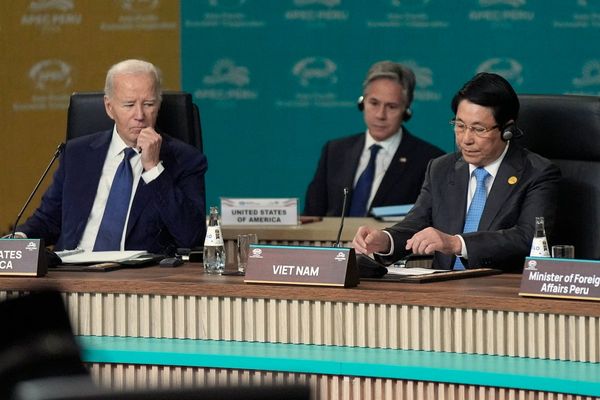
Tesla CEO Elon Musk recently presented his ambitious vision for the future at a glitzy event in California. Musk envisions a future filled with self-driving cars, robotaxis, and innovative transportation solutions that could transform urban landscapes.
During the event, Musk showcased designs for robotaxis and a driverless vehicle called the Robovan, designed to transport multiple passengers or items. The futuristic designs featured a metallic, sci-fi aesthetic, reminiscent of classic movies like 'Blade Runner.'
Despite Musk's optimistic projections, questions remain about the feasibility of his timeline. Musk has a history of setting ambitious targets that often take longer to achieve than initially predicted. He acknowledged his tendency to be overly optimistic with time frames during the presentation.
Tesla currently offers Full Self-Driving (FSD) as an option on its vehicles, priced at $8,000. While marketed as 'Full Self-Driving,' drivers are still required to be ready to take control of the vehicle when necessary.



Musk announced plans for Teslas equipped with FSD to operate autonomously in states where regulations permit, with California and Texas potentially allowing driverless operation by next year. He also introduced the Cybercab, a vehicle designed to transport passengers without a steering wheel or traditional controls, set for production by 2026.
Despite Musk's claims that Tesla's data shows FSD is safer than human-driven cars, independent testing has raised doubts about the technology's reliability. Some analysts believe that achieving truly driverless vehicles may still be several years away, citing the need for significant improvements in safety and regulatory approval.
While Musk's vision of a future filled with self-driving cars and robotaxis is undoubtedly exciting, the road to fully autonomous vehicles may be longer and more challenging than anticipated. Only time will tell if Musk's ambitious plans will come to fruition.







